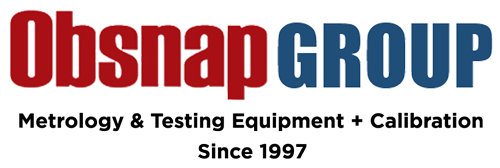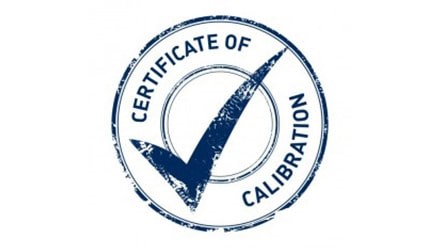|
A calibration certificate is a record of the results of calibration performed on a specific instrument or measuring equipment. This also called a calibration report. For ISO 17025 accredited calibrations, the form of the calibration certificate is standardized and the resultant certificate will be in a widely recognizable format. Using a calibration certificate to apply a calibration correction The calibration certificate tells us the ‘calibration correction’ The calibration correction is equal to the difference between the value displayed by the instrument during calibration, and the certified value of the standard.
One of the ways to determine that we have a traceable calibration is to check that the calibration results have a computed or estimated measurement uncertainty result. This will ensure traceability because, during estimation or computation, the accredited laboratory’s BMC (Best Measurement Capability) is included which they also acquire from a higher laboratory standard. What is measurement uncertainty? Measurement uncertainty is a computed range of value, usually an estimate to quantify the doubt that exists in a certain measurement result of a specific instrument. It is the combined effect of the most valid sources of error with a confidence level of 95%. For example on the measured voltage above, 1 mV is the true value where the measured or actual value is 1.01 and uncertainty result is 0.007960 or (1.01+/-0.007960)mV at a confidence level of 95% This means that we are 95% sure that the measured value lies within the limits of 1.00204 to 1.01796 (+/-0.007960) mV. The smaller the uncertainty, the better the accuracy. With this result or statement, it is clear that uncertainty and error are NOT the same. Where to use this uncertainty results? 1) In creating a specification in terms of determining the tolerance of a certain instrument. 2) Uncertainty results are also used during the assessment of compliance to specifications. 3) Use the uncertainty results as part of our uncertainty budget while performing calibration, a type-B source of uncertainty computation. Obsnap Calibration is accredited to ISO 17025 and it’s our pleasure to offer our FREE consultation to you. Brought to you by, Obsnap Calibration Sdn Bhd (1222585-W) OTHER LINKS: Full List – Scope of Capabilities || ISO / IEC 17025 Certification || ILAC Approval Letter |


